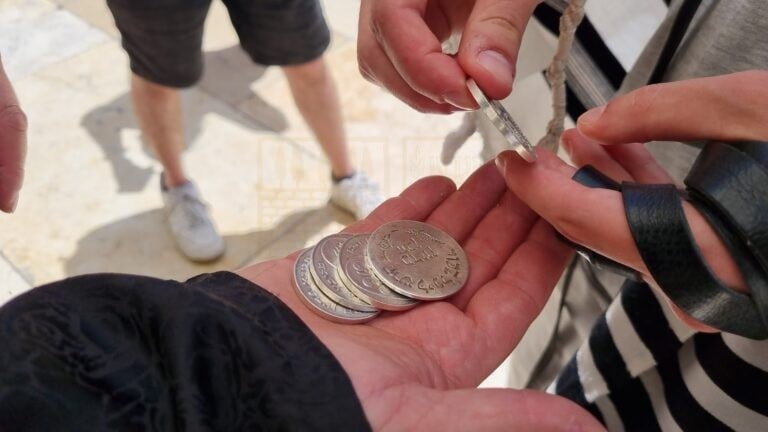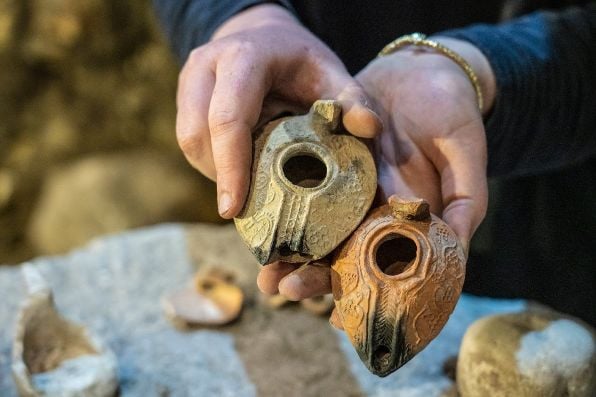The position of priesthood is not unique to the Jewish people. Every society in the ancient world had priests that performed rituals in various temples. But a look at the halachot (Jewish laws) pertaining to priesthood in the Torah reveals that the status of priesthood in Judaism was not only different from its status in other religions, but was actually of an opposite orientation. Furthermore, by looking at the halachot of priesthood, we can see that Judaism recognized that the status of priesthood could lead to arrogance, corruption, and exploitation, and therefore it designed the lives and roles of the kohanim such that it would prevent them from deteriorating into such a situation.
The status of priesthood in the ancient world was constructed by creating a secret halo around the priests. The widespread belief was that priests have superpowers connected to mysterious wisdom unavailable to the common man. This gave the priests in different societies tremendous social power. Occasionally, there were connections made between politics and religion when the king was also a priest and thus made the position unappealable. Mysterious wisdom combined with political power gave the priests supreme power and reign in every stratum of society.
And what about in Judaism? Firstly, priesthood was completely and utterly separated from political rulership. The monarchy was bequeathed to the tribe of Judah and the priesthood, the kehuna, to the tribe of Levi. In the Yerushalmi Talmud (Tractate Horiyut, chapter 3) we find a prohibition against anointing priests as kings. Taking away political power from kohanim was the first and important step in maintaining the priesthood?s moral integrity. The second step was even more interesting. As opposed to the secret superpowers related to priests in ancient societies, Judaism was the opposite: Kohanim were given educational jobs to teach Torah to the entire nation. In Moses? blessings to the tribe of kehuna during his last days, he instructs them about their educational jobs: ?They shall teach Your ordinances to Jacob, and Your Torah to Israel? (Deuteronomy 33, 10). In several places in the Bible, the role of kohanim is stated explicitly, as in the words of the prophet Malachi: ?For a priest’s lips shall guard knowledge, and teaching should be sought from his mouth? (Malachi 2, 7).
As far as the economic status, we also find the Torah placing serious limits on the kohanim. In most ancient societies, the priests accumulated great wealth by their control of temples. This wealth led to corruption by the priests. However, in Judaism, when the Land of Israel was divided among the tribes, the only tribe that did not get a portion was the tribe of Levi ? the tribe of the kehuna, based on the explicit instruction in the Torah: ?The Levitic kohanim, the entire tribe of Levi, shall have no portion or inheritance with Israel? (Deuteronomy 18, 1). In lieu of this, the tribe of Levi was given residences spread out around the land.
One cannot overstate the significance of this directive when speaking of an agricultural society. Simply put, in a society in which a person has no land, he is almost unable to sustain himself or his family and is subjected to a life of poverty. Judaism, of course, does not ask the kohanim to live in poverty and the nation is commanded to sustain them through ?gifts of kehuna? that include certain percentages of the crop yield. But it is important to note that these gifts were not earmarked for any specific kohen. If a certain city had a number of kohanim, they avoided a situation in which one kohen would get more gifts than another who had to depend on the kindness of his neighbors. Materialistically, the status of kohanim was relatively inferior.
The Torah thus designed the status of the kehuna such that it would not become rich or corrupt. It was not gifted with mysterious wisdom or other superpowers and was distanced from political rulership. This social situation allowed the kohen to focus on his spiritual and educational role: working in the Temple during set times and being a spiritual leader for the entire nation.









